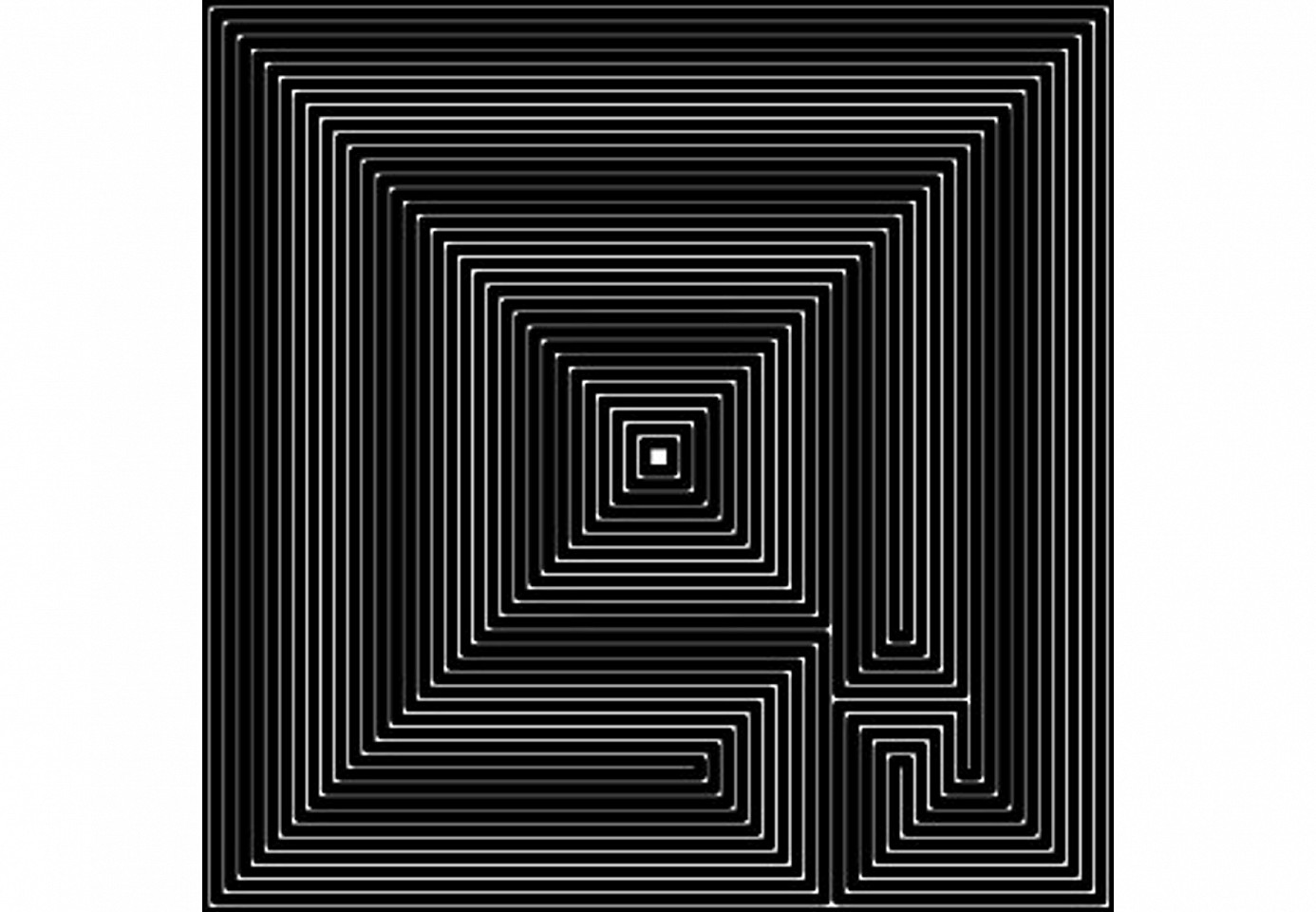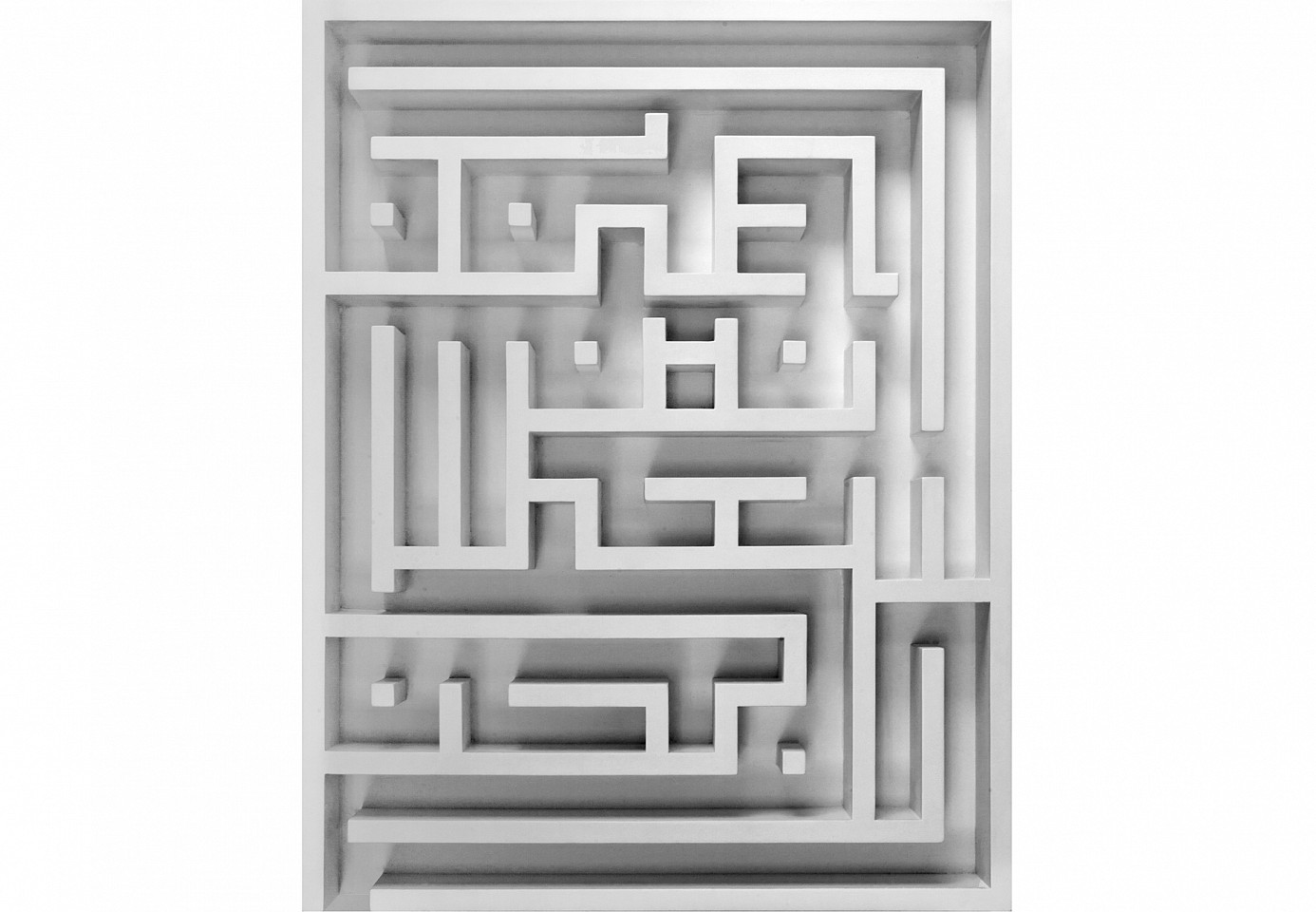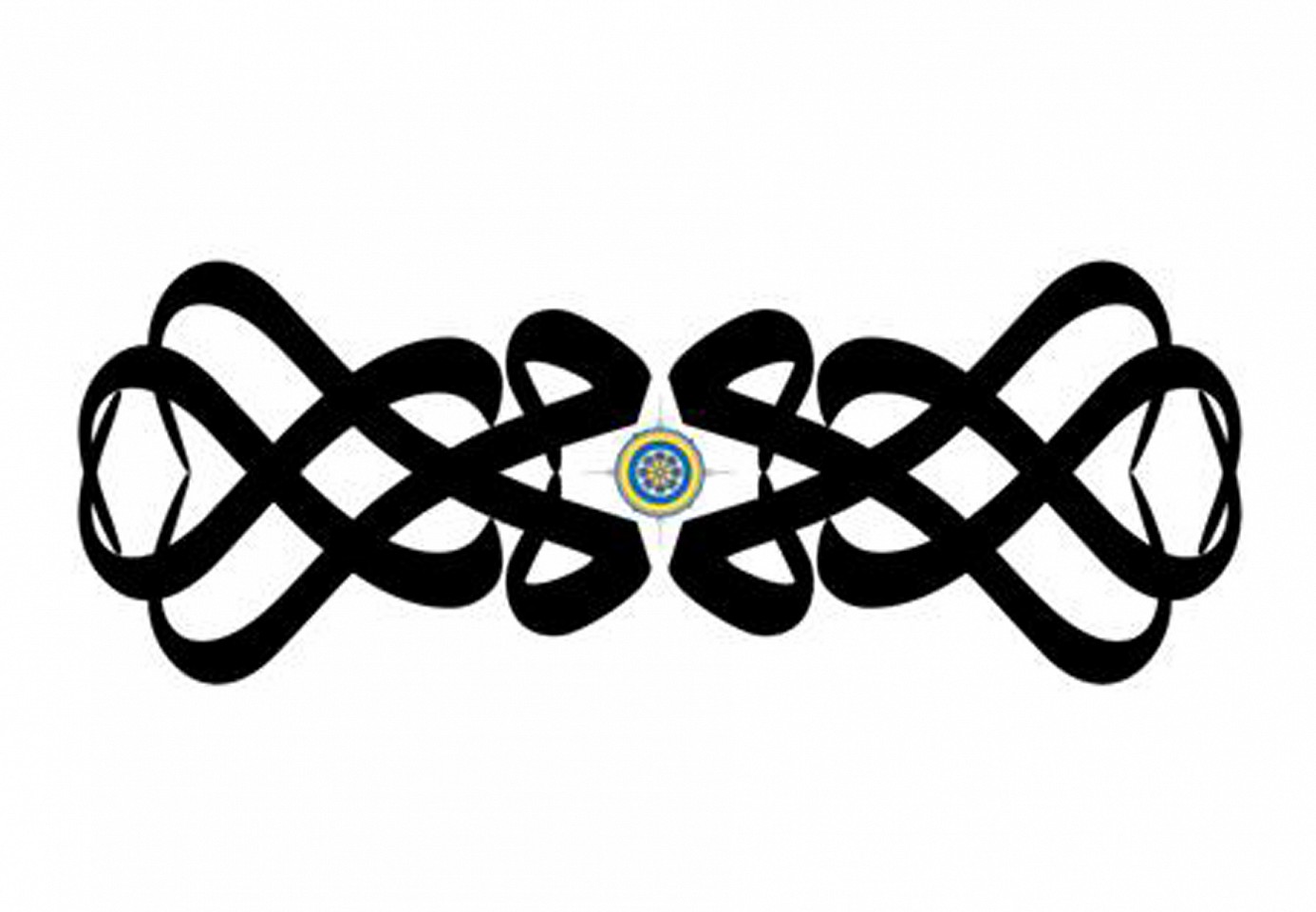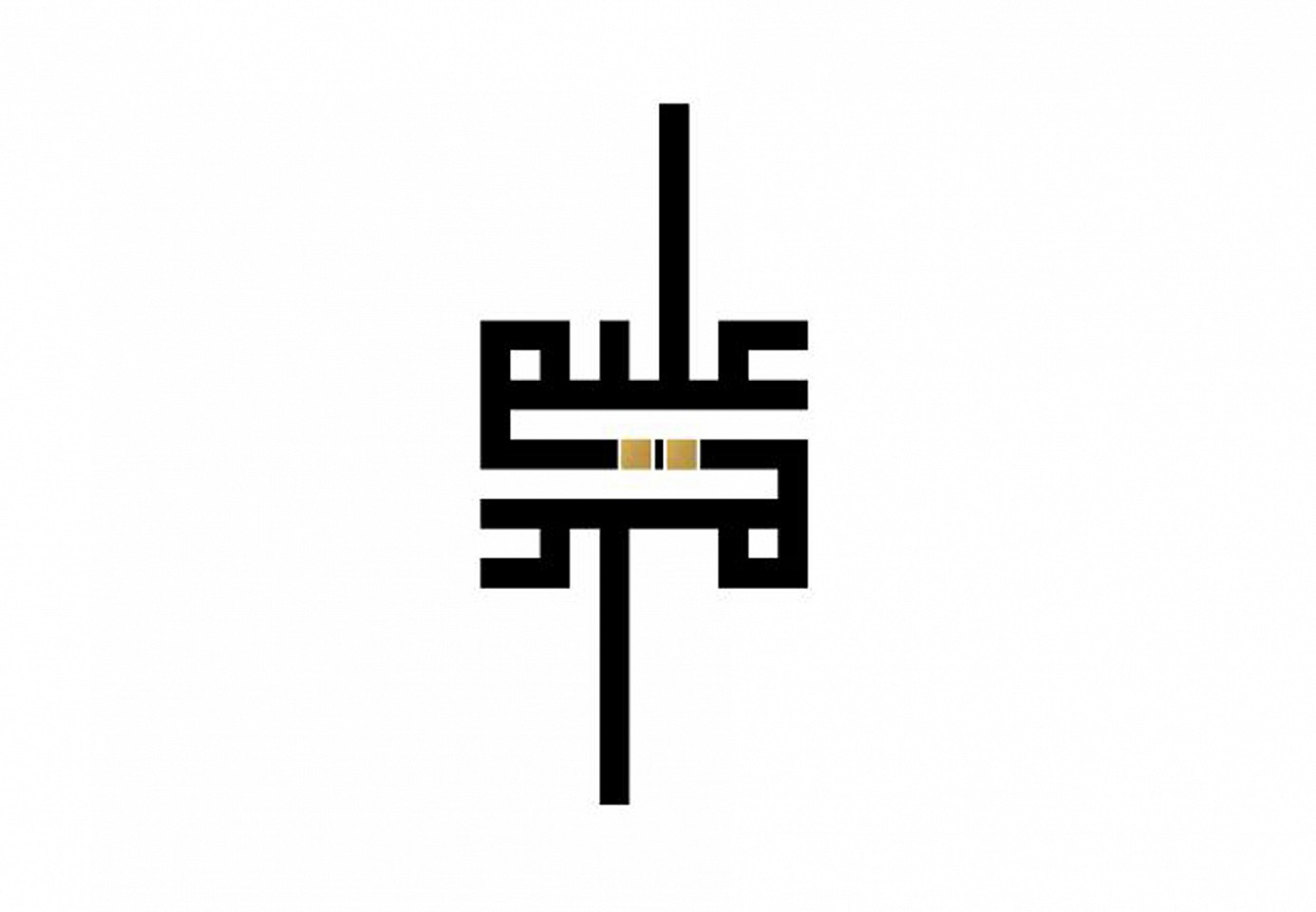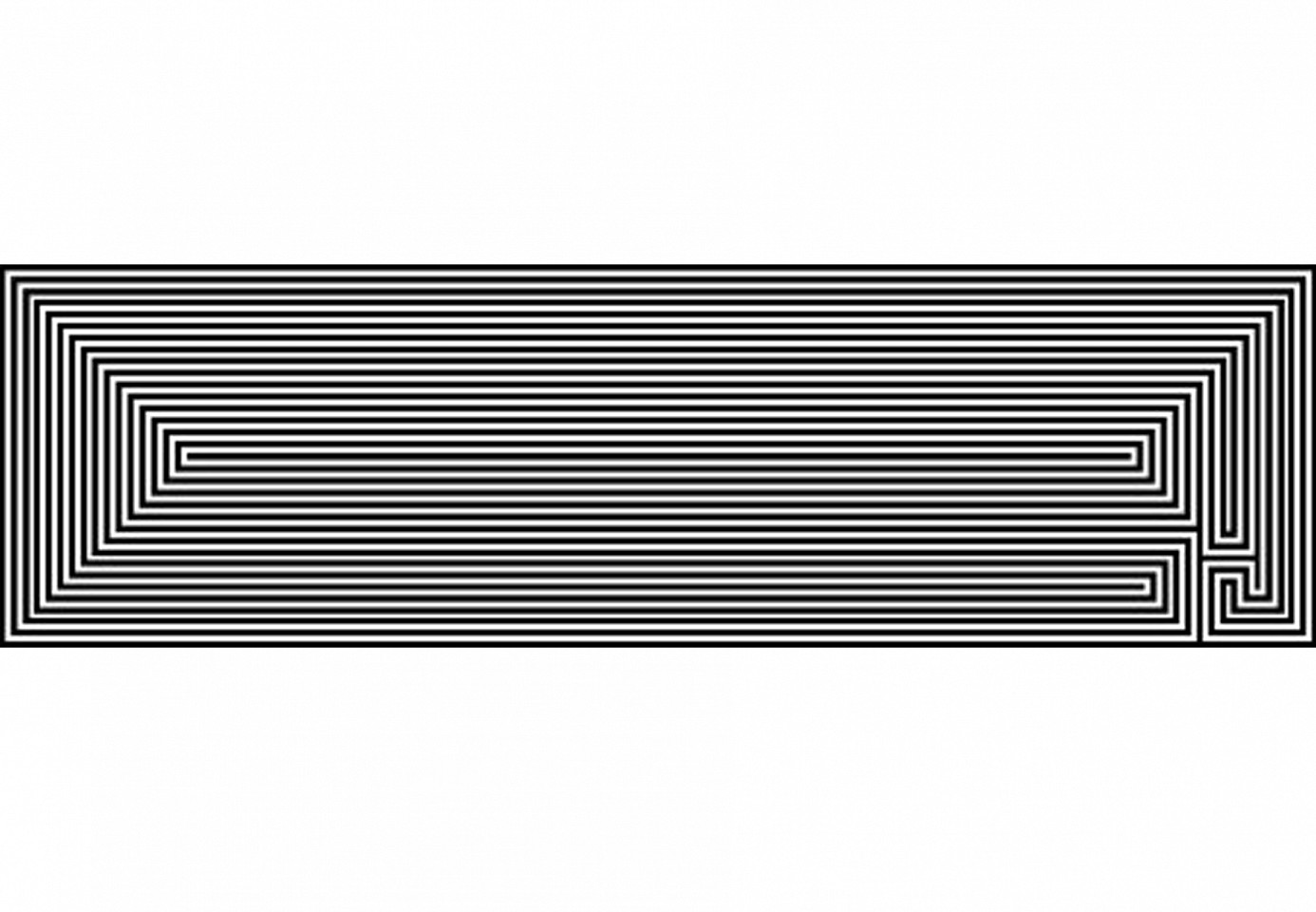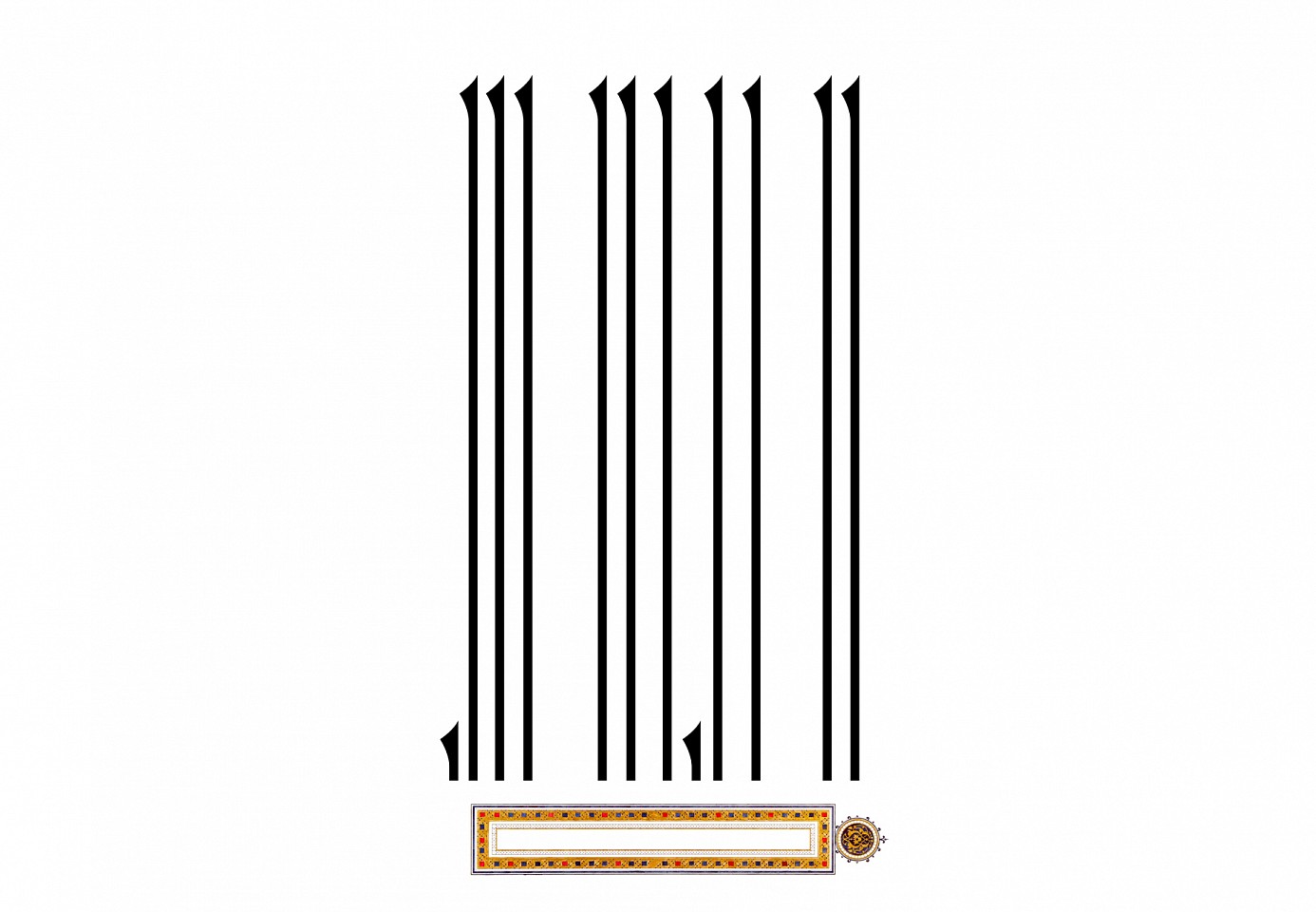Nasser Al Salem
Kul II, 2012
UV digital print
140 x 140 cm (55 1/8 x 55 1/8 in.)
Edition of 5 + 1 AP
NAS0009
Nasser Al Salem
Whoever Obeys Allah , He Will Make For Him A Way Out, 2012
Handmade Wooden Sculpture
120 x 93 cm (47 1/4 x 36 5/8 in.)
Edition of 3 + 1 AP
NAS0025
Nasser Al Salem
Zamzam, 2010
Embossed with Silk Screen on paper, hand painted with Gold Leaf
Edition of 3 + 1 AP / Edition of 20 + 2 AP, Acquired by The British Museum, London
NAS0061
Nasser Al Salem
God is Alive, He Shall Not Die, 2012
Neon in infinity box
120 x 120 cm (47 1/4 x 47 1/4 in.)
Edition of 2 + 1 AP
NAS0018
Nasser Al Salem
And Above All Those With Knowledge Is The All-Knowing, 2012
Hand Painted
100 x 70 cm (39 3/8 x 27 1/2 in.)
Edition of 3 Photographed by Khaled Bin Afif
NAS0014
Nasser Al Salem
Kul I, 2012
UV digital print
60 x 160 cm (23 5/8 x 63 in.)
Edition of 5 + 1 AP
NAS0006
Nasser Al Salem
La Illaha Illa Allah II, 2012
Silk Screen
100 x 70 cm (39 3/8 x 27 1/2 in.)
Edition of 3 + 1 AP Photographed by Khaled Bin Afif
NAS0022







Zamzam is a calligraphic representation of the word ‘zamzam’, a miraculously generated source of water from God. The composition is significant to the holistic symbolic meaning of the piece. The word is designed to be read from left to right, right to left, up to down and down to up, echoing universal ways of reading. Such flow in the direction of this also depicts Hajar pacing between Safa and Marwa in order to find the source of the holy zamzam water. It also represents the angel Gabriel’s large wingspan, who was responsible for indicating to Hajar where to stomp her foot in order to reveal the source. At the heart of the print lies an intricately designed and manipulated 8-point star; this is where God is believed to rest upon his throne. According to Islamic tradition, the 8-point star is also a sign for infinity, which coincidentally, is also the general shape this piece has formed, implying Islam’s everlasting and unbreakable cycle.
Zamzam has been acquired by The British Museum in 2011.
Sometimes, a person feels as though he has neared the end of something, but it reality, it is merely the beginning of something else. As the Earth rotates on its own axis, and revolves around the sun, so do humans live a life of cycles.
But when will it end? Only Allah the All-Knowing can tell.
No matter how much we learn and discover, it is as naught compared to the knowledge of God. For God says in the Kor’an ‘And what you have gained in knowledge is but a little’
The direct translation of Kul is ‘all’ or ‘everything’. However, the connotation of the word Kulin the Arabic language is so much more complex in its all-encompassing meaning and implication of infinity. This meaning is compounded by the artist’s technique of calligraphically depicting the word Kul repeatedly, so that it resembles an endless ripple effect. Â
Â
The impression of never-ending repetition is not merely a reflection of God’s abundance on Earth, but an indication to look both further, and deeper, to penetrate the mere appearance and surface of things, to discover the hidden messages that all aesthetic creation hold.
Â
 Once, we thought the atom was the smallest particle, before we discovered that it was made of numerous smaller ones, as we once thought that the extent of our universe was the Milky Way Galaxy, before we discovered that there were hundreds of billions more galaxies out there. As God’s creation is infinite, and while we can say or write the word ‘infinite’ easily, it is impossible to imagine as it extends far beyond the human brain’s capacity for comprehension. Therefore, if one thinks of Kul too deeply or for too long, they might realize that it doesn’t exist; there is no ‘all’ or ‘everything’.
Nasser Al-Salem’s work is essentially the Arabic written word, therefore he considers himself to be first and foremost a calligrapher. However, neon rods and wooden columns are not usually a calligrapher’s tools. This is Nasser’s first solo exhibition at Athr Gallery, in which he explores new non-conventional mixed media ways of producing his calligraphic designs.
Throughout the ages and until today, the most traditional medium for calligraphy has been ink on paper. Although Nasser’s training has been traditional, he felt that it was not enough to inscribe the word on paper, he needed to do more justice to the concept of the word by means other than mere inscription.
This exhibition demonstrates Nasser’s unique tri-partite approach to calligraphy – the word, the medium, and the aesthetic. The artist’s background in the field of architecture allows him to incorporate both design and perspective into his work, giving it compelling 3D properties. This dynamic method provides the viewer with a multi-layered path with which to approach the artwork, each layer further reinforcing the ultimate concept of the work.
The work ‘And do you not see within yourselves?’ (Sura51, verse 21) is a Koranic verse depicted in a style reminiscent of the Kufic script, using reflective stainless steel. The verse encourages one to contemplate their own selves in order to discover the wonder and total perfection of God’s creation. Through Nasser’s use of stainless steel, he reinforces the message of verse, for whilst reading the work, the viewer will literally also see a reflection of themselves, thus in turn, encouraging them to reflect upon their own creation.
In the tradition of calligraphy, Nasser’s work is devotional. They are inspired by the Kor’an and the tenets of his faith. However, looking at his work, they are far from the usual ‘Hamdillah’ (thanks be to God) and ‘Bismillah’ (in the Name of God) subjects of calligraphy. Nasser’s concepts venture far outside calligraphy’s traditional box of contents. His artworks shed light on verses and concepts that lie outside the mainstream and that have particular resonance with him.
For example, in one work, he explores the word ‘Kul’, the direct translation for which is ‘all’ or ‘everything’, a word that typically does not have any special significance. However, the artist calligraphically depicts it in repetition, so that it resembles an endless ripple effect. He thus, sheds light on his own unique discovery of the spiritual potential of this word and its underlying connotations of infinity and all-encompassing power.
And it Remains... is proof of the timeless power of calligraphy. However, it also prompts the viewers to re-think the definition of calligraphy as they know it, and to acknowledge its far-reaching conceptual possibilities and the impactful role that it has to play in contemporary artistic practice.

